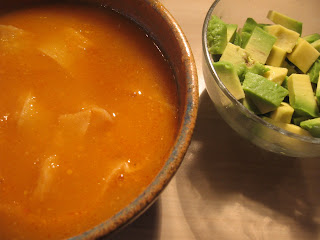
2 large eggs
Sea Salt and freshly ground black pepper
1 fresh red chilli, deseeded and very finely chopped
6 rashers of good quality smoked bacon
Olive oil
4 round crumpets
Brown sauce or maple syrup to serve
Whisk the eggs together with some salt and pepper and most of the chopped chilli. Heat a frying pan over medium heat and fry the bacon in a tiny amount of olive oil. Meanwhile, really push the crumpets into the egg mixture, turn them over a few times so they can soak it all up like a sponge. When the bacon is done, push it to one side and tilt the pan so the fat runs into the middle. Add the crumpets to the pan and fry for a few minutes till golden, turn over and fry on the other side.
Serve topped with the bacon and some brown sauce or maple syrup. You can also sprinkle over the extra chilli pepper if you want to.
I made these, and then made them again right away because my husband missed them the first time around. They are so simple and easy and good and satisfying. They don’t take any longer then frying an egg, so they are way up there with the fastest of breakfast foods, and the chilli gives a great little kick to get you waking up in the morning.
The recipe says to serve it with either brown sauce or maple syrup, I went with the syrup because I can’t pass up an opportunity to eat bacon with syrup. Good stuff.
If you are not in the UK, then you probably can’t get crumpets. I would think you could do a similar thing with English Muffins (which by the way are American and not English). It won’t be the same because it won’t have the substantial heft and fabulous chewiness that a crumpet has, but it does have the nooks and crannies that are similar to the holes in the crumpet for soaking stuff up. It’s worth a shot.
This is from the new Jamie book…Jamie at Home. It’s new, it’s Jamie Oliver, what can I possibly say, except that I love it so very much already. There will be much Jamie cooking in the next few weeks. Buy this book, buy all of his books, he rocks!






















